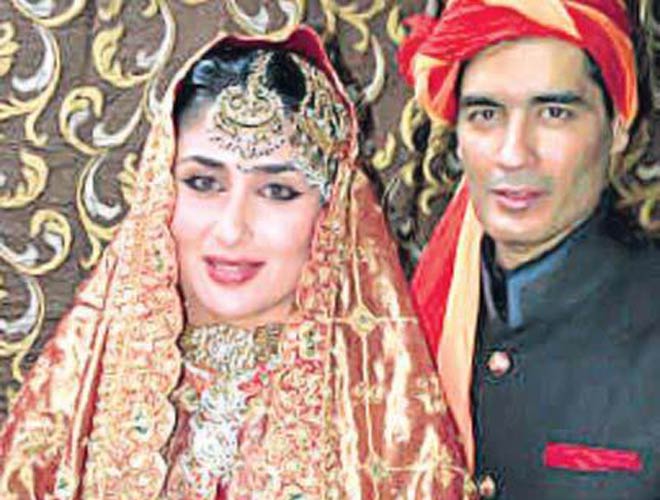Marriage ceremony Tradition in Asia
In asia many civilizations have their own version of wedding traditions. Most are based upon selected religious teachings/guidelines whilst others have their unique unique number of ceremonies and rituals. Being married in asia can be an exciting time, filled with contentment, love and tradition. It is a time when friends and relations gather to witness very early two people starting to be one and sharing existence together. Although there are variations in some marriage ceremonies, most Asian nationalities have selected traditions in keeping.
For example , before the wedding ceremony the groom’s family visit the bride’s home to get the Chunni Chadana wherever they will present her with red bangles and give her some traditional jewellery. The father will also provide his little girl a special headscarf (chunni) and her mom and sister-in-law will set this on her brain symbolizing taking on her inside the family. The groom’s mother will then serve the bride and her family tea (usually Dragon’s Eye fruits tea) and bow to them in respect, this is a tiny gesture hot vietnamese women that is completed as an assurance that they encourage the new bride into their home and ancestors.
The actual titanium wedding bands is usually held in the morning which is presided over by a monk. The couple kneel in a very very sacred location, where a elderly monk sprinkles purified normal water on the couple’s forehead which has a sprig of Chinese gooseberry. The few will also be registered with together by a chain of white chords known as “mongkol” or a string of flowers called a “sai sin”. Guests will likely then pour holy water over the joining hands of the couple.
An additional essential part of a Thai wedding ceremony is the Fly fishing rod Nam Did ceremony in which a https://files.eric.ed.gov/fulltext/EJ1073241.pdf blossom chain links the couple’s hands and a senior citizen member of the group officiates by putting water in their palms and wishing them good luck. This is followed by the groom’s parents and also other selected paid members of the guests group soaking all their hands in water, wishing them similar.
By the finale of the wedding, the groom and bride are showered with rice graine by their as well as close friends as being a symbol of fertility and good fortune. A crimson silk infelice is then tied throughout the couple’s brains, in a sum of eight to represent eternal love and harmony.

The next significant ceremony is the Thong Sen or Veeragallam the place that the groom’s father and mother and other picked relatives greet the bride’s female family members. They will after that apply tilak (sacred red colour mixed with water) on the couple’s foreheads. A thong or perhaps cord made of thread, bloom strands and a rosary can now be tied around their necks by sponsors who have helped arrange wedding ceremony. Afterwards the few will receive items from both families and be showered with good needs by their relatives.

